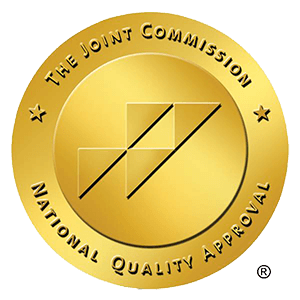Adolescence is a pivotal stage in life, full of growth, change, and discovery, but it can also bring intense emotional and psychological challenges. For many teens, struggles with anxiety, depression, mood swings, or self-esteem go far beyond what’s often dismissed as “just being a teenager.”

Tagged cbt vs dbt



